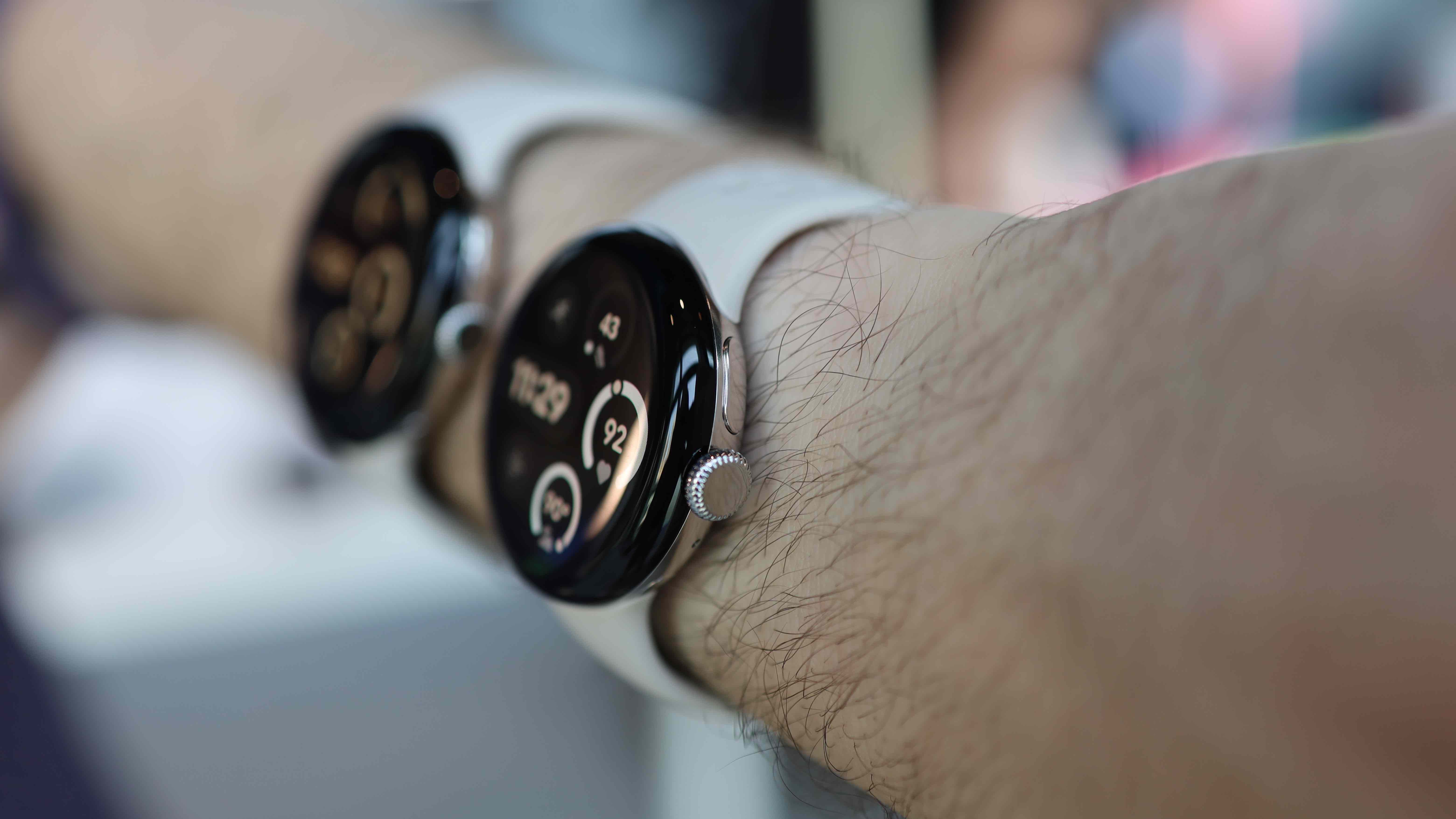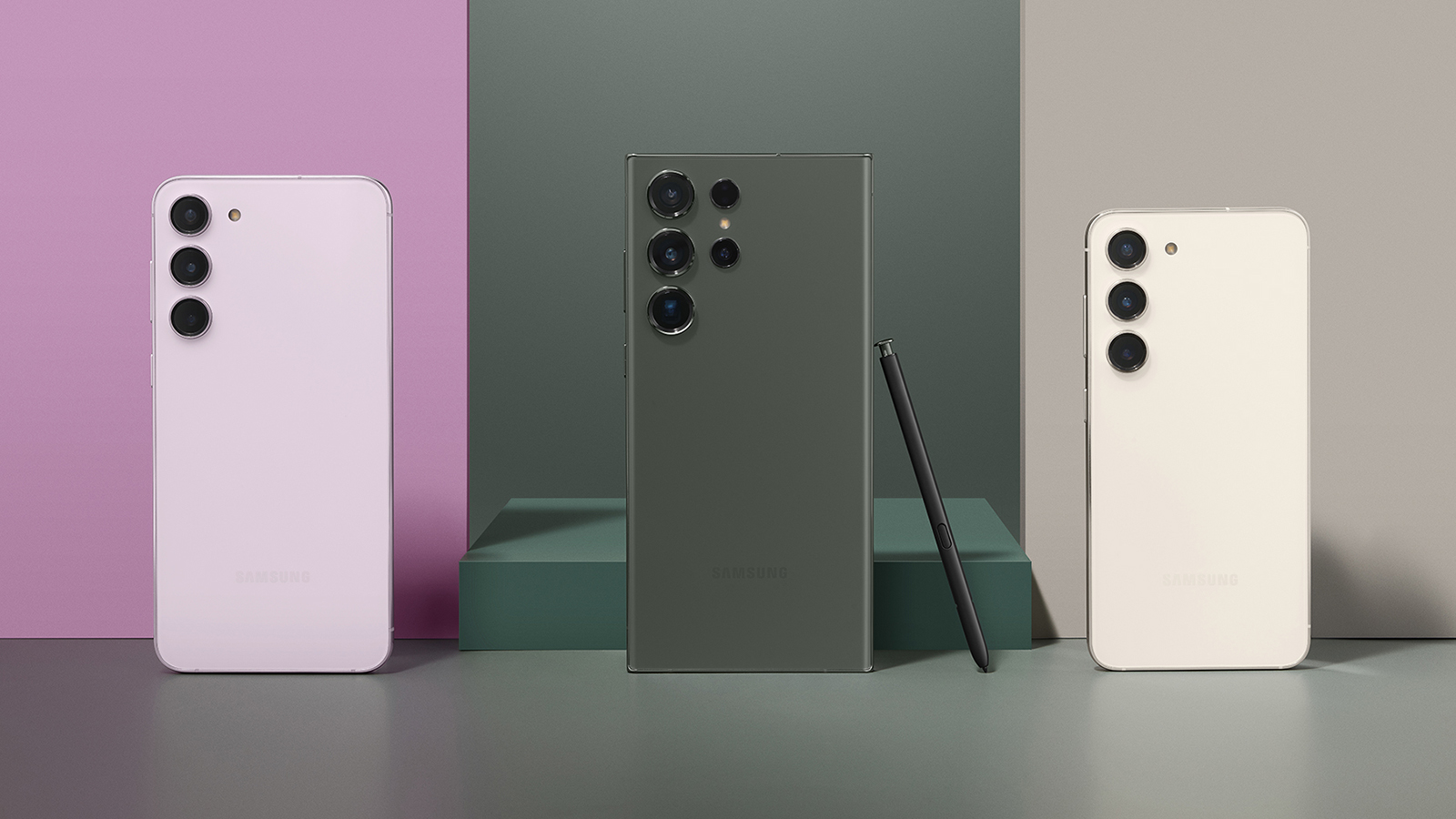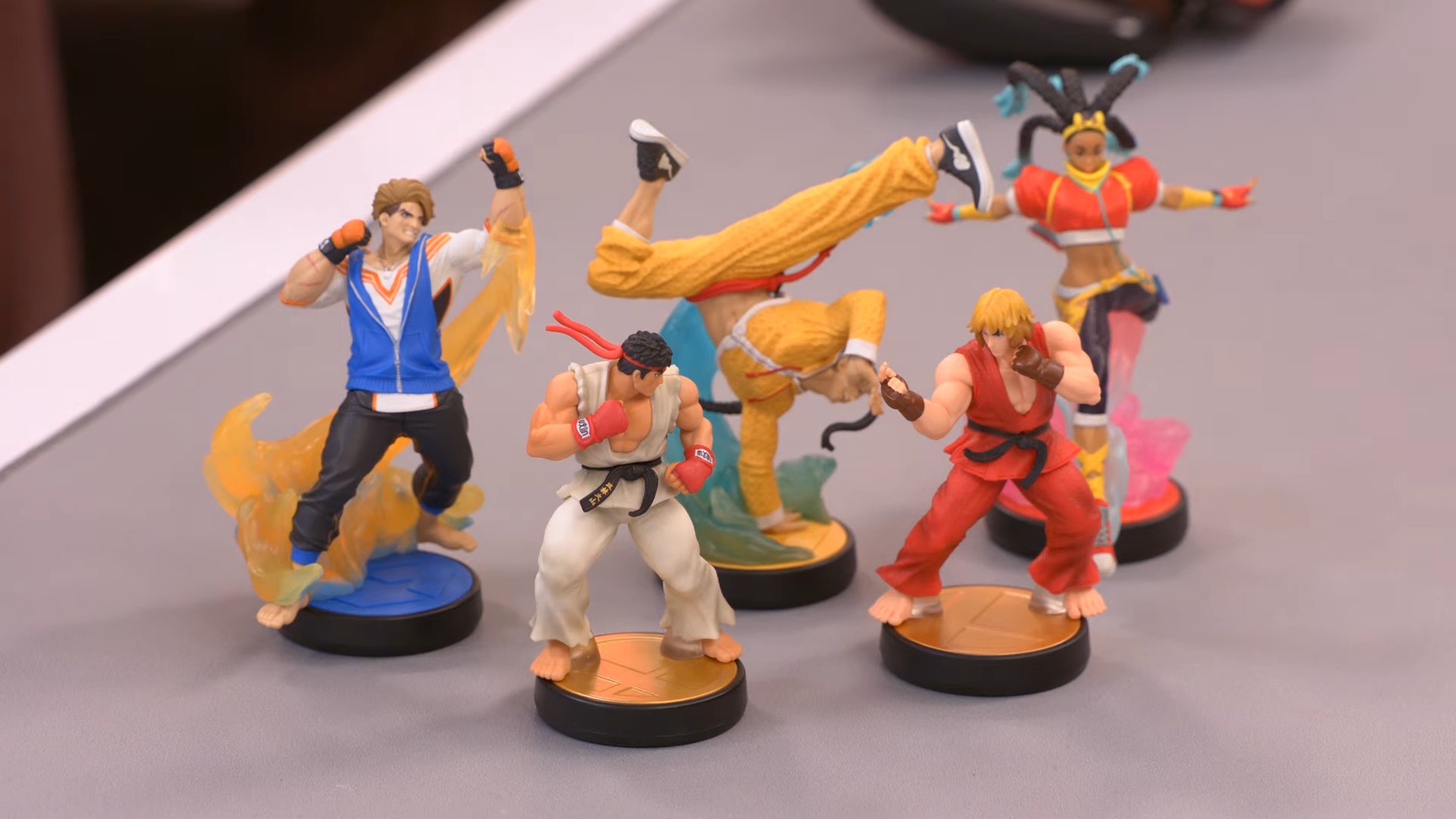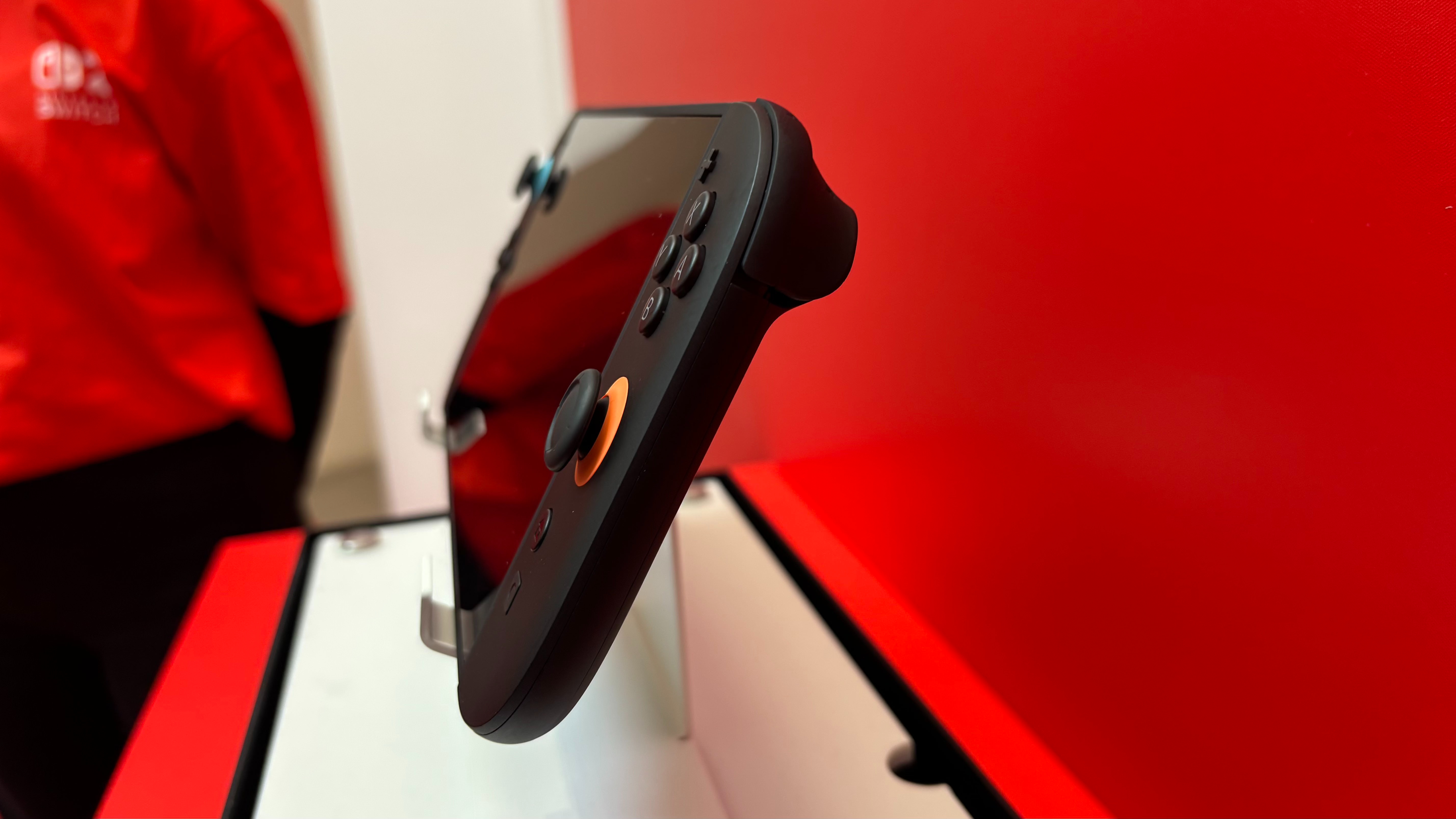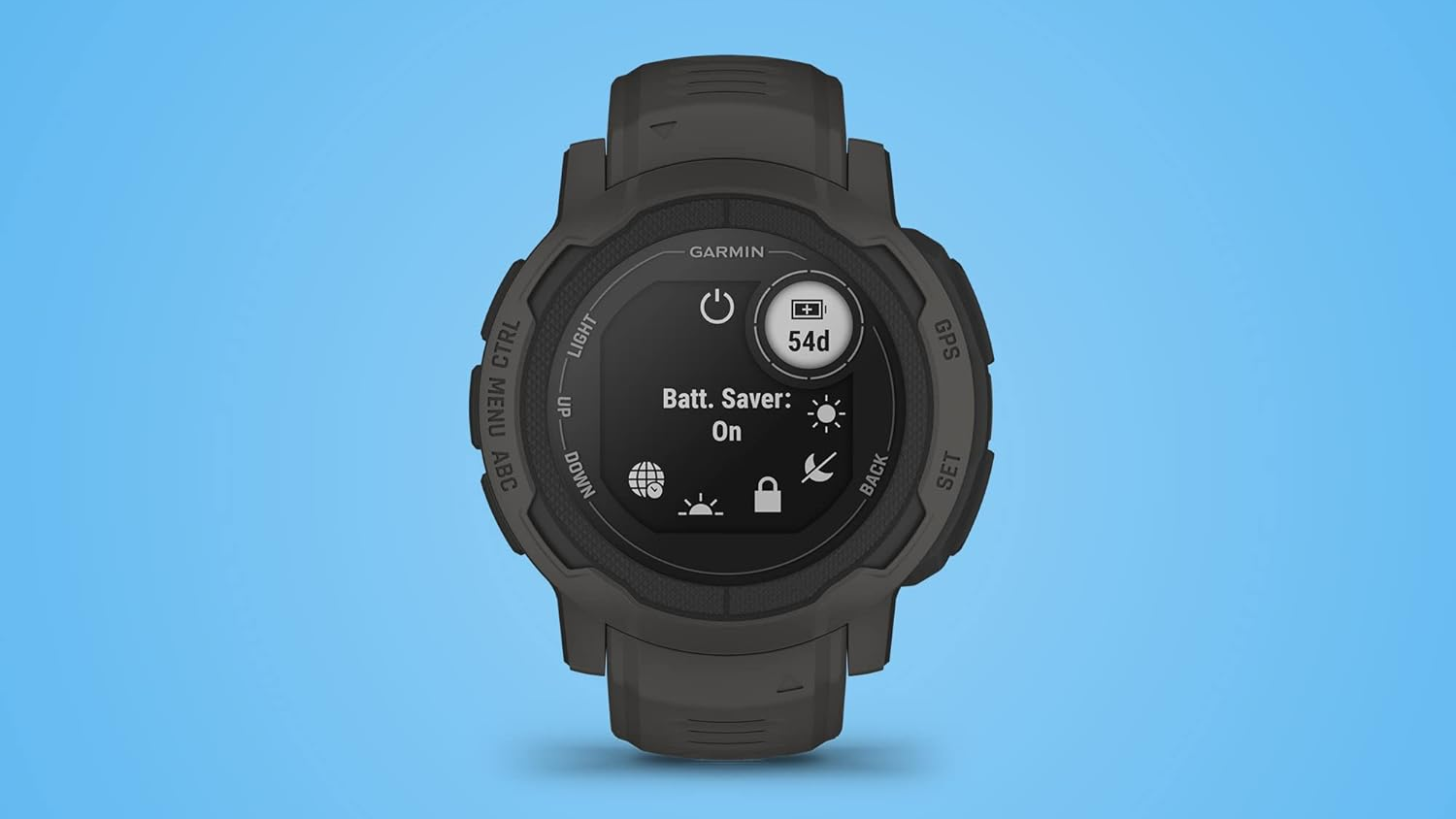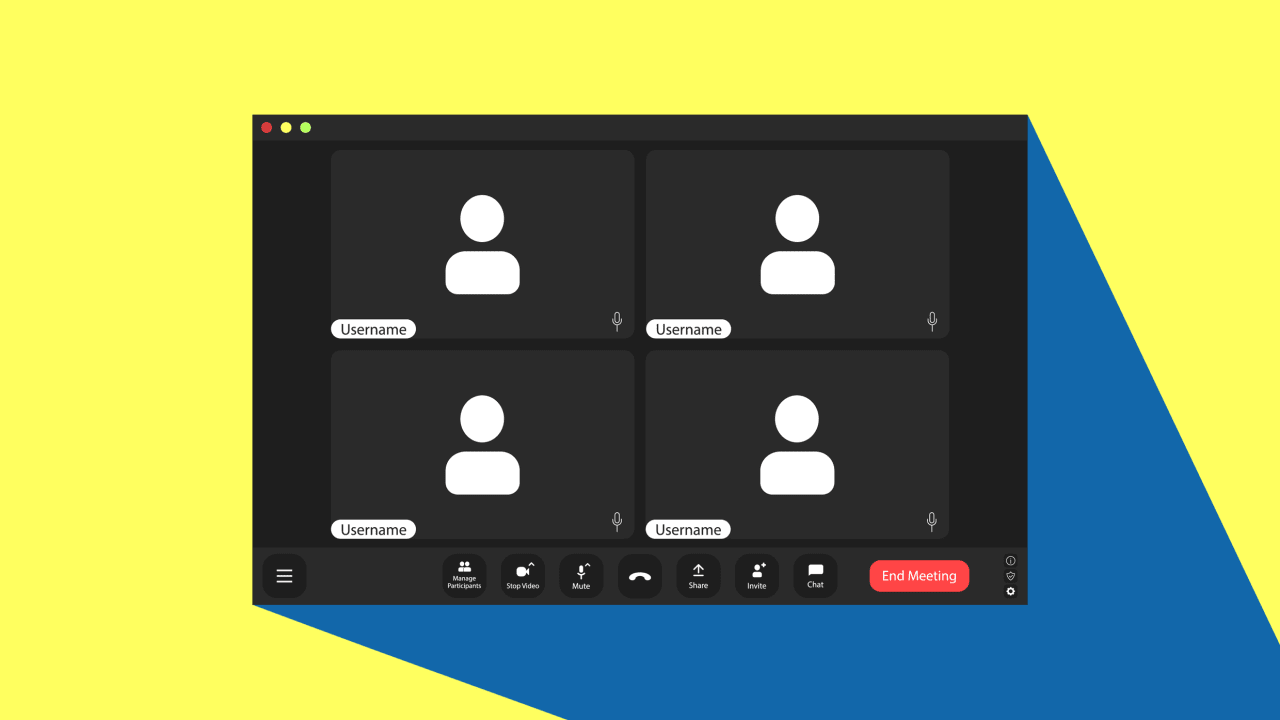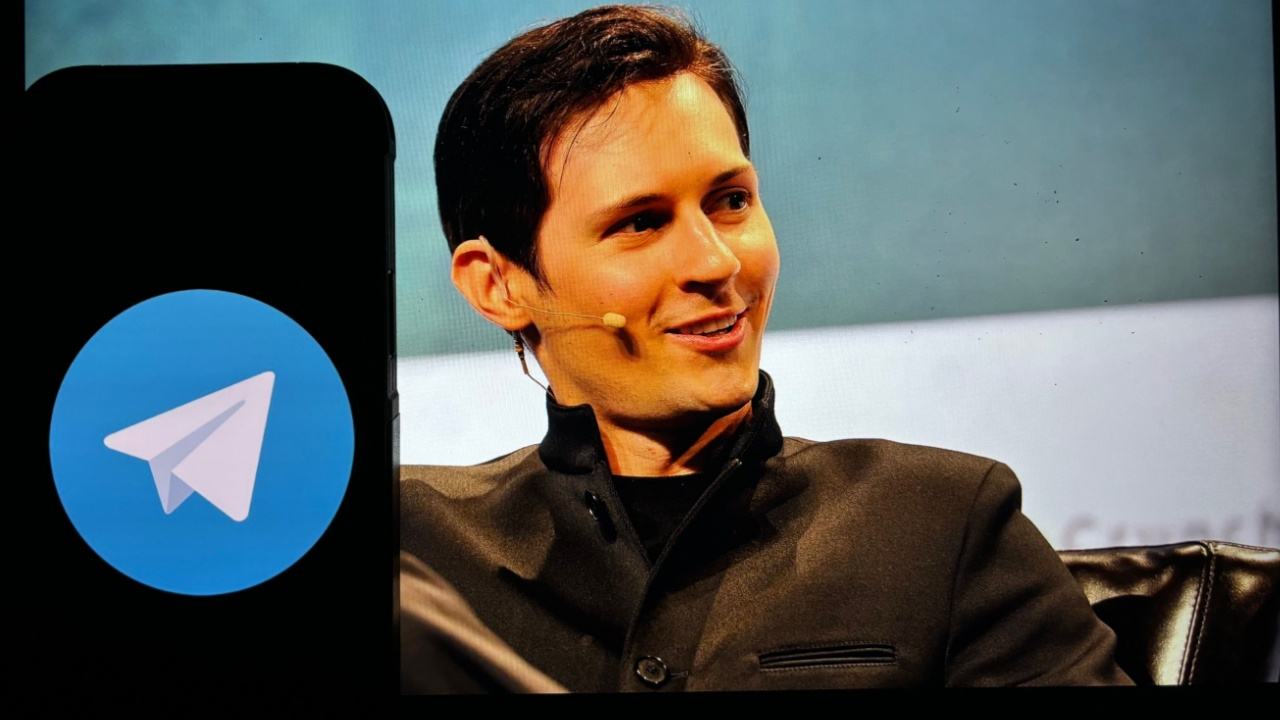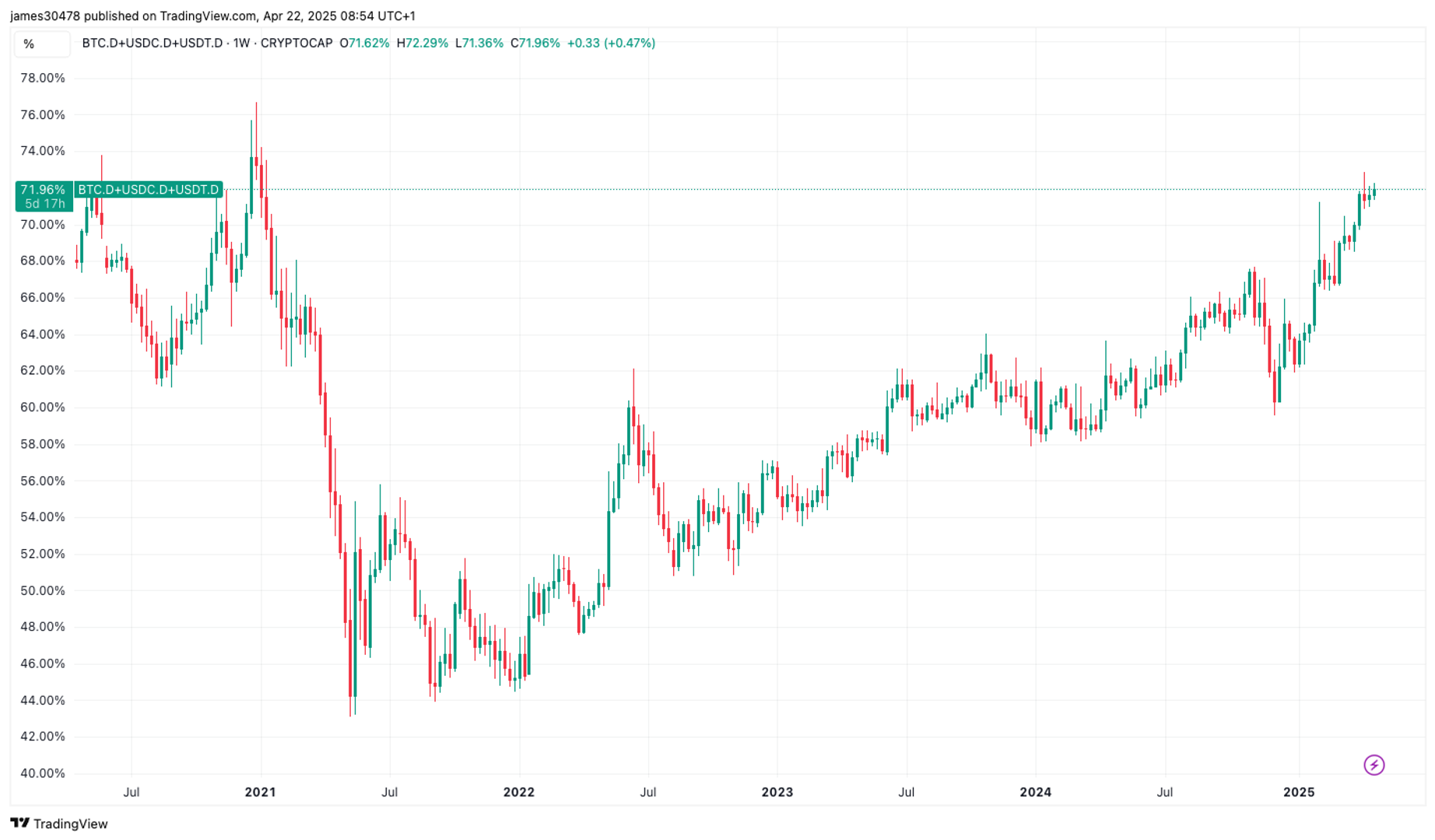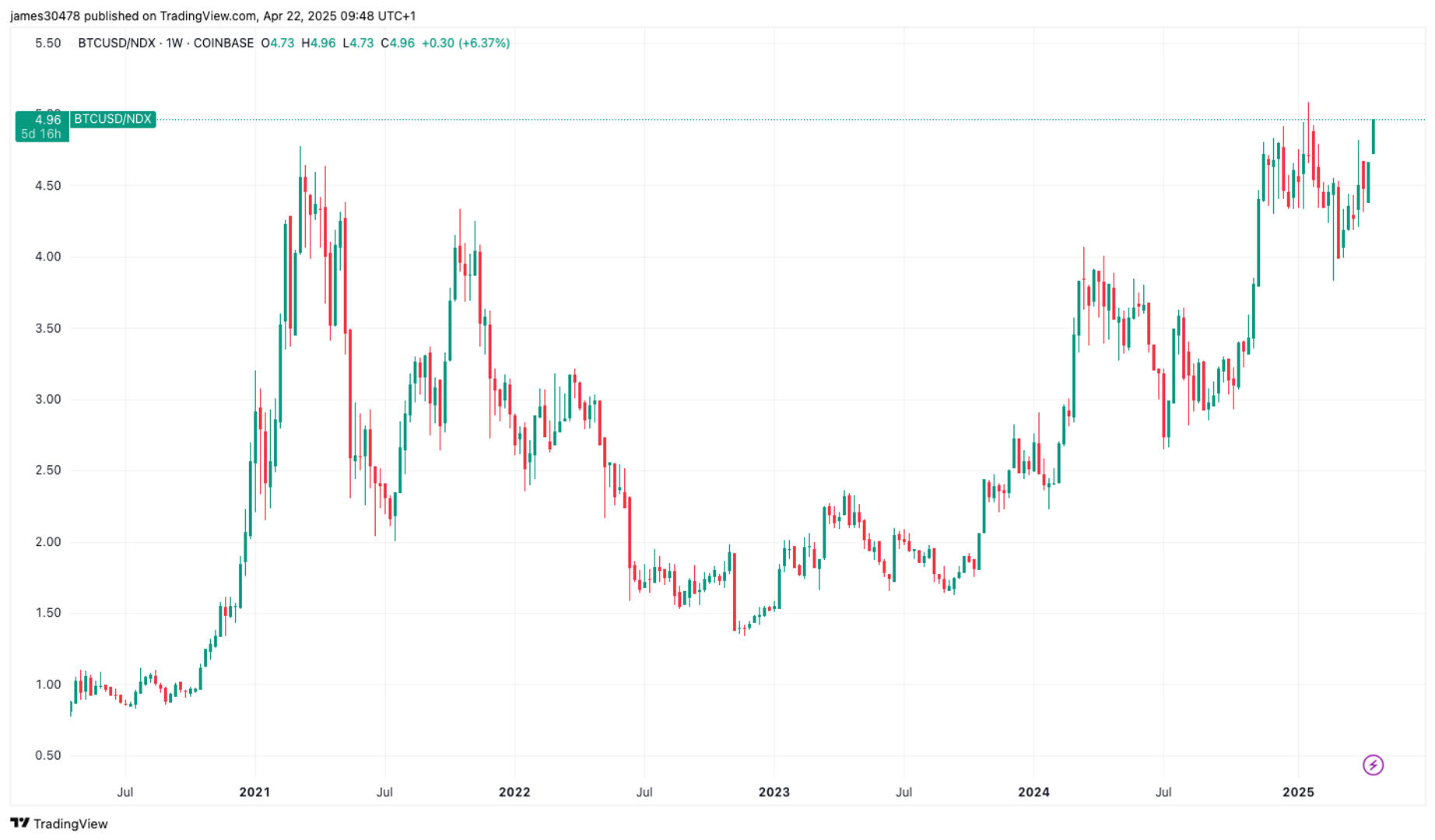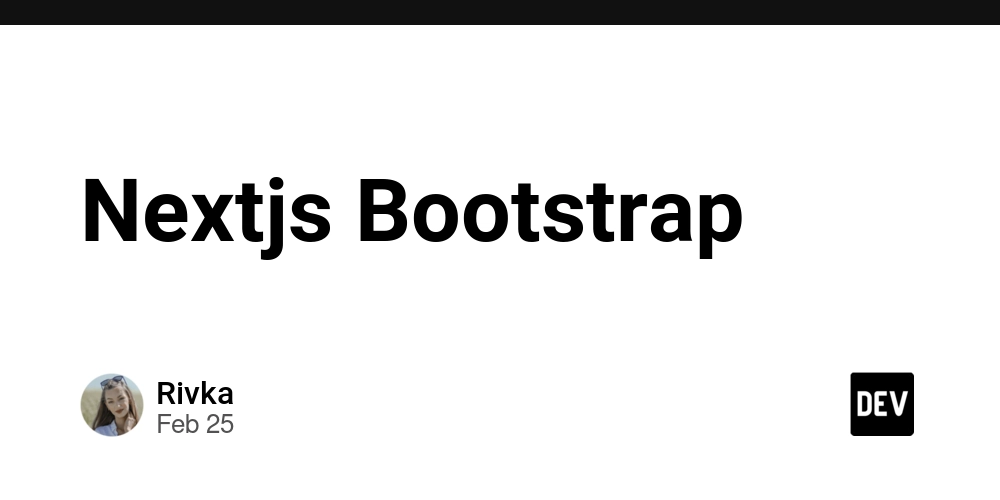One Brand, Multiple Voices: How to Create Platform-Specific Content Without Losing Your Identity
What if your message gets lost in translation—not because it's not great, but because it's on the wrong stage? In 2022, I worked with a creative entrepreneur who had great ideas but didn't have much traction online. Her LinkedIn was stilted, her Instagram was random, and her X (a.k.a. Twitter) was a ghost town. In a quick scan, the issue was clear: she was saying the same thing on all the platforms. This is the quiet assassin of online personal branding. In today's online environment, creating a robust personal brand is about being platform-specific yet not personality-inconsistent. Adapting without sacrificing your voice of brand. Here's the key to executing that balance: Familiarize yourself with Each Platform's Culture Each platform is a different nation. They possess various customs, languages, and atmospheres. LinkedIn is the business network. People require value-add stuff: insight, lessons, thought leadership. Speak as if you were addressing a room full of smart colleagues. Instagram is emotional and visual. Think about aesthetics + storytelling. Reels, carousel posts, and relatable captions are your friends. X (Twitter) is short-form genius. Opinions, threads, and blunt one-liners. It's fast, snappy, and rewards with clarity. TikTok is energy. It's real, fun, or informative—but not boring. You've got 3 seconds to hook someone. Substack or Medium? These are havens for depth. Perfect for long thought pieces and deep storytelling. Tip: Think of each platform as a different room in your house. You wouldn't greet your dinner party friends the same way you greet your gym buddy. Tailor the Same Basic Message to Each Platform Let's say you have a tip you'd like to share about "building confidence." On LinkedIn, you'd share a story of how self-confidence helped you land a leadership role, with lessons learned for others. On Instagram, you might share a quote graphic with a bold caption about imposter syndrome. On X, you'd tweet: "Confidence isn't about knowing everything. It's about trusting that you'll figure it out when it matters." The message remains the same—but the tone resonates in the room. Be Consistent with Brand Pillars As you're evolving, your content must still reflect your authentic brand self. Challenge yourself: What do I want people to know me for? How do I want people to feel when they engage with my content? Do my values, voice, and vision shine through no matter the platform? Consistency isn't about repeating the same words—it's about being inimitably you in every context. Leverage Storytelling to Create Connection Humans don't connect with content, they connect with stories. Utilize story to illustrate change: Tell before-and-after stories. Talk about lessons learned from failure. Highlight behind-the-scenes of your process. Pro Tip: Share your story using this structure: Hook → Struggle → Insight → Call to Action It works everywhere. Track What Resonates (Then Double Down) Not everything will land—and that's okay. Take a look: What content is bookmarked, shared, or commented on? Which platforms generate the most engagement or DMs? Where do you find yourself most energized in your creating? Once you know your sweet spot, tune in and scale from there. Final Thoughts The digital world is loud. And showing up everywhere, on all the platforms, can be a real slog. But if you align the message to the culture of each platform, while rooting it firmly in your own personal brand voice, you make your personal brand an attraction force. People don't follow you for the algorithm, folks. They're tracking you because your message is making them feel seen. Which of your current platforms is strongest—and which do you find most confusing? Let's discuss in the comments!

What if your message gets lost in translation—not because it's not great, but because it's on the wrong stage?
In 2022, I worked with a creative entrepreneur who had great ideas but didn't have much traction online. Her LinkedIn was stilted, her Instagram was random, and her X (a.k.a. Twitter) was a ghost town. In a quick scan, the issue was clear: she was saying the same thing on all the platforms.
This is the quiet assassin of online personal branding.
In today's online environment, creating a robust personal brand is about being platform-specific yet not personality-inconsistent. Adapting without sacrificing your voice of brand.
Here's the key to executing that balance:
- Familiarize yourself with Each Platform's Culture Each platform is a different nation. They possess various customs, languages, and atmospheres.
LinkedIn is the business network. People require value-add stuff: insight, lessons, thought leadership. Speak as if you were addressing a room full of smart colleagues.
Instagram is emotional and visual. Think about aesthetics + storytelling. Reels, carousel posts, and relatable captions are your friends.
X (Twitter) is short-form genius. Opinions, threads, and blunt one-liners. It's fast, snappy, and rewards with clarity.
TikTok is energy. It's real, fun, or informative—but not boring. You've got 3 seconds to hook someone.
Substack or Medium? These are havens for depth. Perfect for long thought pieces and deep storytelling.
Tip: Think of each platform as a different room in your house. You wouldn't greet your dinner party friends the same way you greet your gym buddy.
- Tailor the Same Basic Message to Each Platform Let's say you have a tip you'd like to share about "building confidence."
On LinkedIn, you'd share a story of how self-confidence helped you land a leadership role, with lessons learned for others.
On Instagram, you might share a quote graphic with a bold caption about imposter syndrome.
On X, you'd tweet: "Confidence isn't about knowing everything. It's about trusting that you'll figure it out when it matters."
The message remains the same—but the tone resonates in the room.
- Be Consistent with Brand Pillars As you're evolving, your content must still reflect your authentic brand self.
Challenge yourself:
What do I want people to know me for?
How do I want people to feel when they engage with my content?
Do my values, voice, and vision shine through no matter the platform?
Consistency isn't about repeating the same words—it's about being inimitably you in every context.
- Leverage Storytelling to Create Connection Humans don't connect with content, they connect with stories.
Utilize story to illustrate change:
Tell before-and-after stories.
Talk about lessons learned from failure.
Highlight behind-the-scenes of your process.
Pro Tip: Share your story using this structure:
Hook → Struggle → Insight → Call to Action
It works everywhere.
- Track What Resonates (Then Double Down) Not everything will land—and that's okay.
Take a look:
What content is bookmarked, shared, or commented on?
Which platforms generate the most engagement or DMs?
Where do you find yourself most energized in your creating?
Once you know your sweet spot, tune in and scale from there.
Final Thoughts
The digital world is loud. And showing up everywhere, on all the platforms, can be a real slog.
But if you align the message to the culture of each platform, while rooting it firmly in your own personal brand voice, you make your personal brand an attraction force.
People don't follow you for the algorithm, folks.
They're tracking you because your message is making them feel seen.
Which of your current platforms is strongest—and which do you find most confusing?
Let's discuss in the comments!

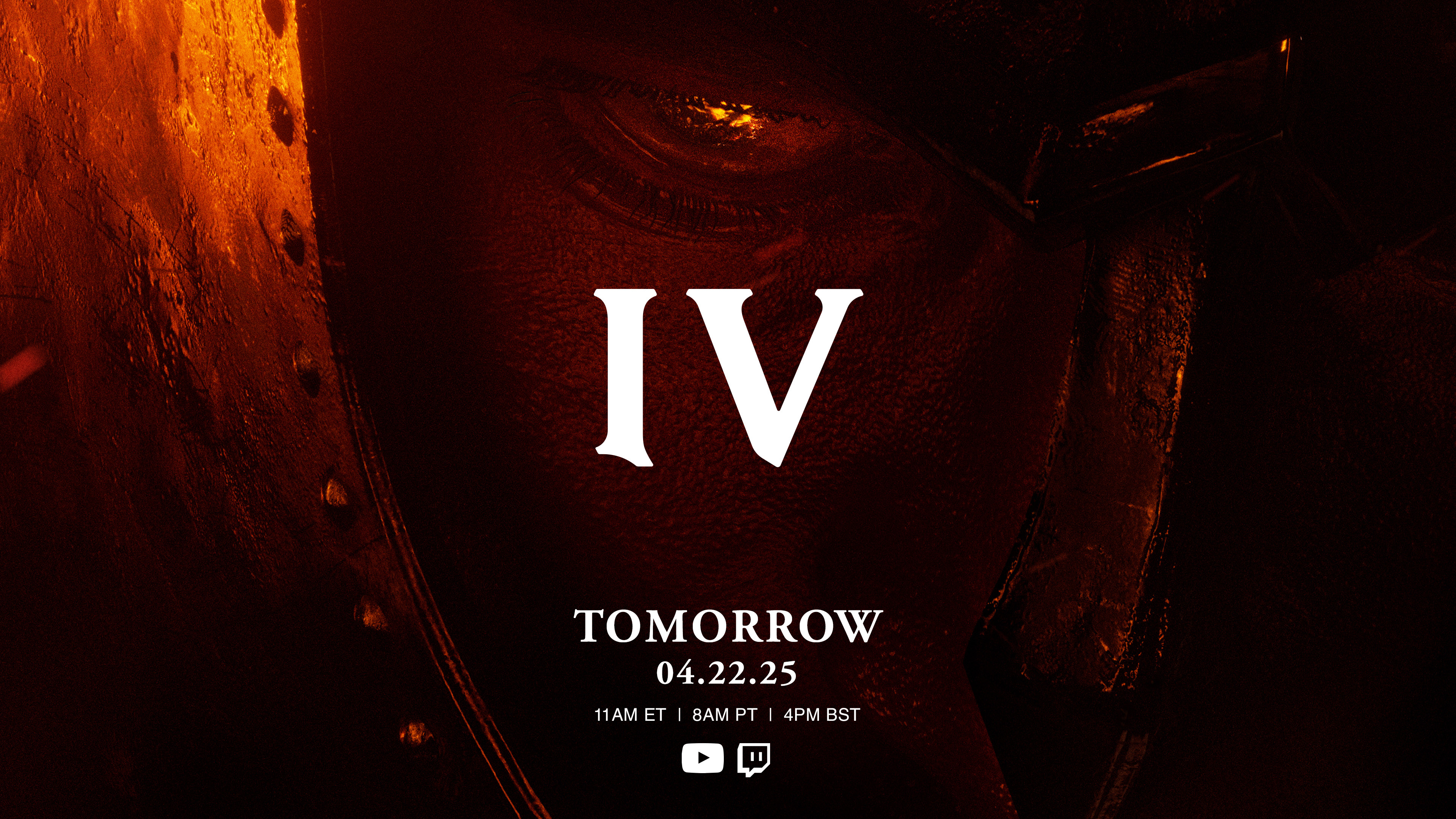









































































































































































![[The AI Show Episode 144]: ChatGPT’s New Memory, Shopify CEO’s Leaked “AI First” Memo, Google Cloud Next Releases, o3 and o4-mini Coming Soon & Llama 4’s Rocky Launch](https://www.marketingaiinstitute.com/hubfs/ep%20144%20cover.png)

















































































































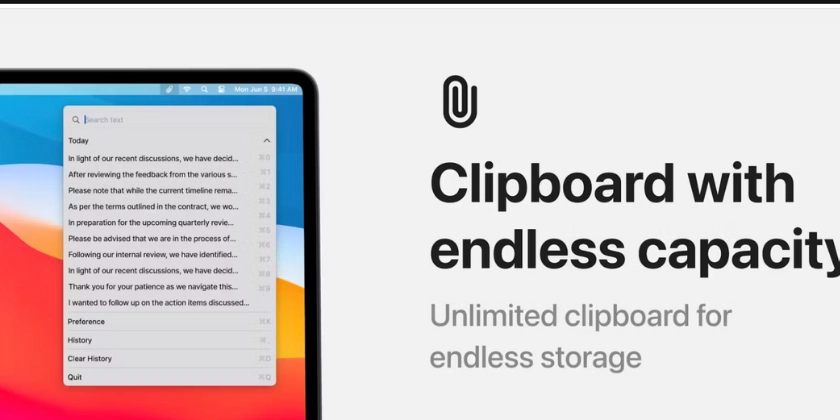

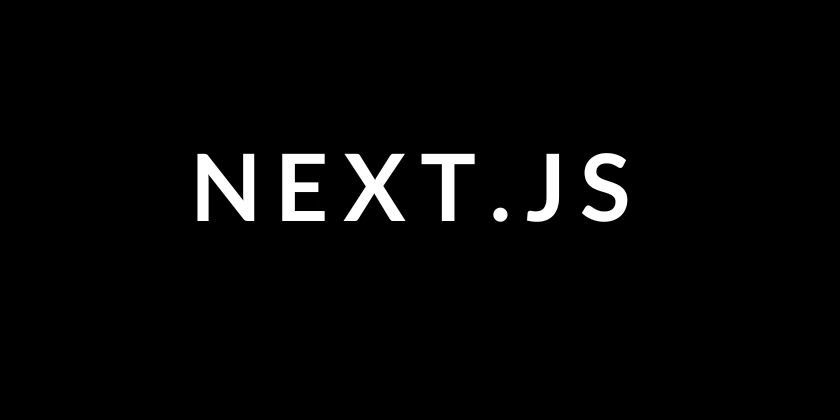
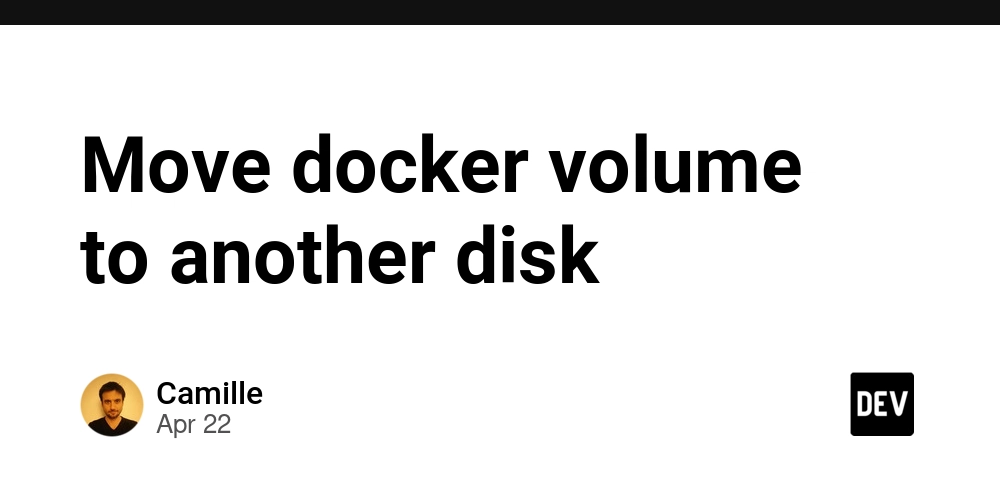














![From fast food worker to cybersecurity engineer with Tae'lur Alexis [Podcast #169]](https://cdn.hashnode.com/res/hashnode/image/upload/v1745242807605/8a6cf71c-144f-4c91-9532-62d7c92c0f65.png?#)























![BPMN-procesmodellering [closed]](https://i.sstatic.net/l7l8q49F.png)




















































































.jpg?#)
.jpg?#)





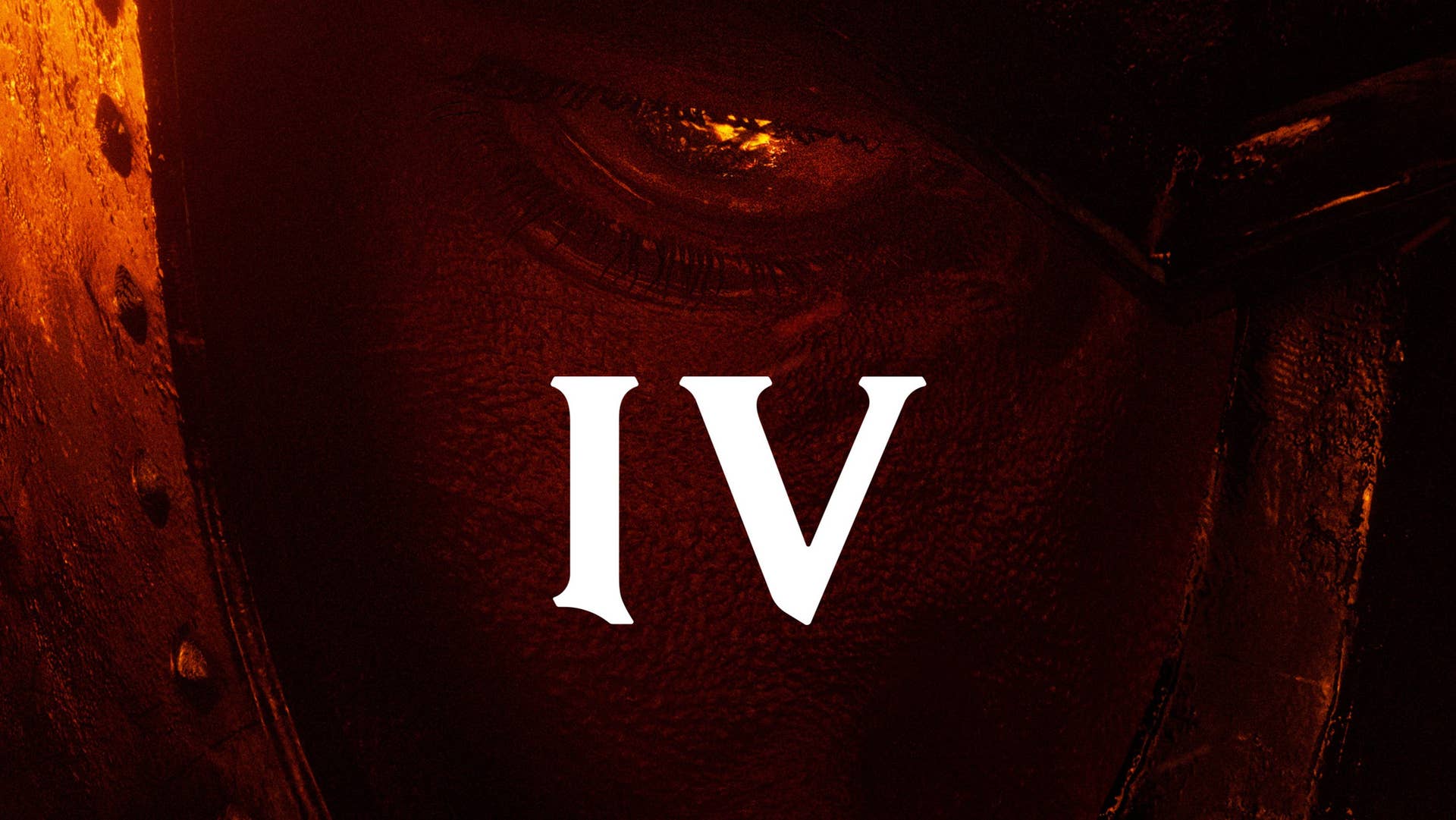












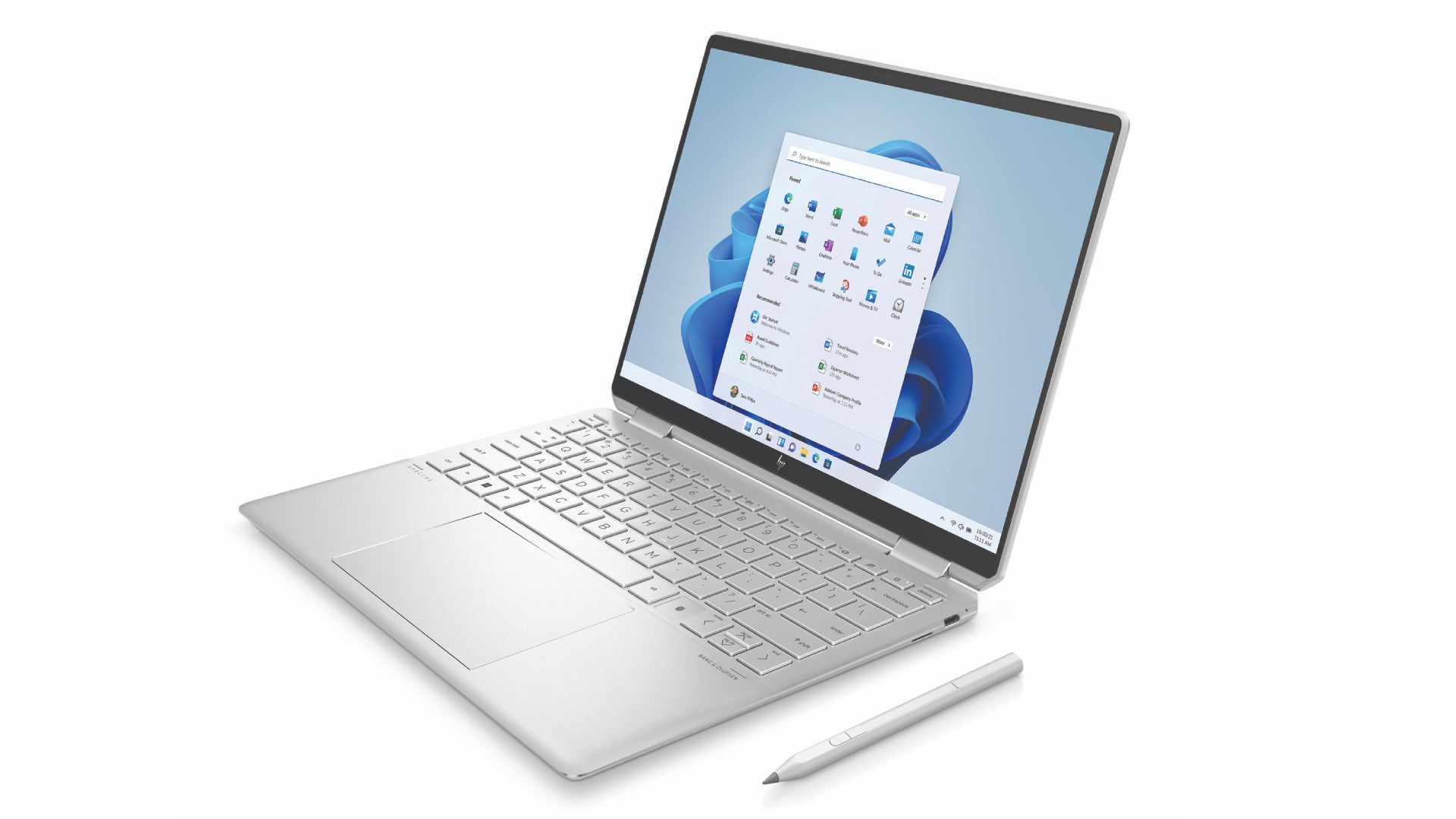
















.webp?#)





















































































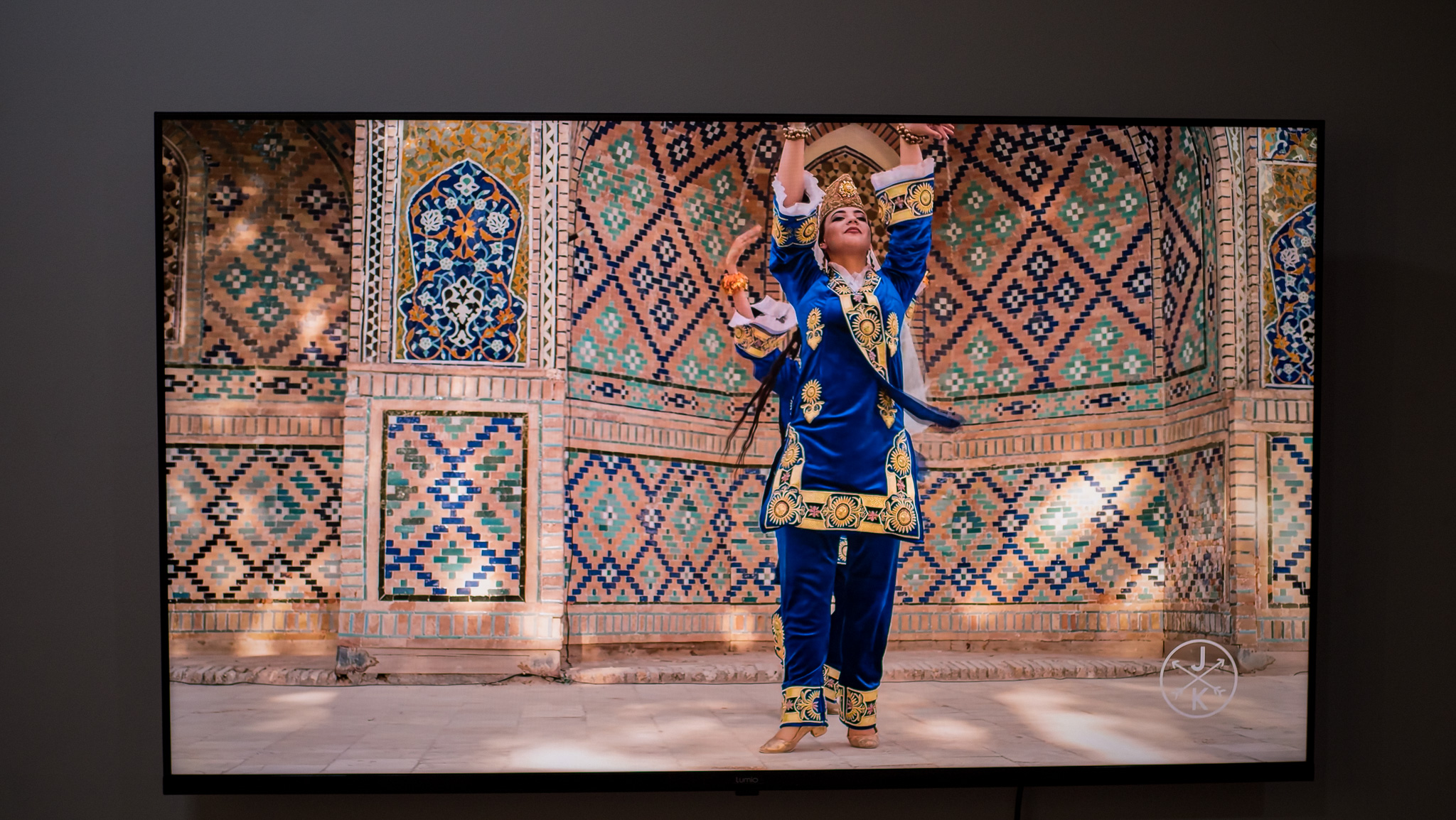

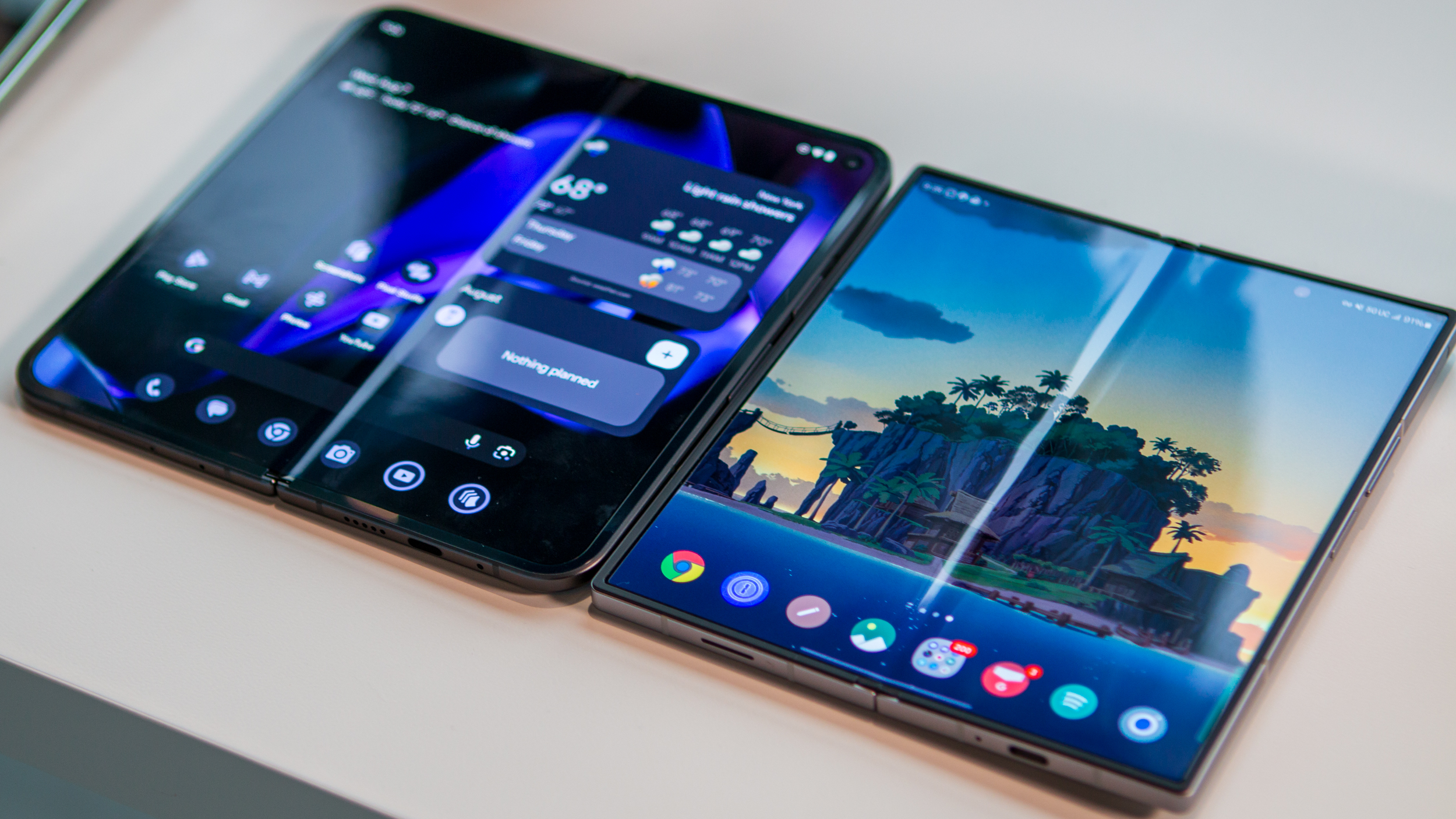

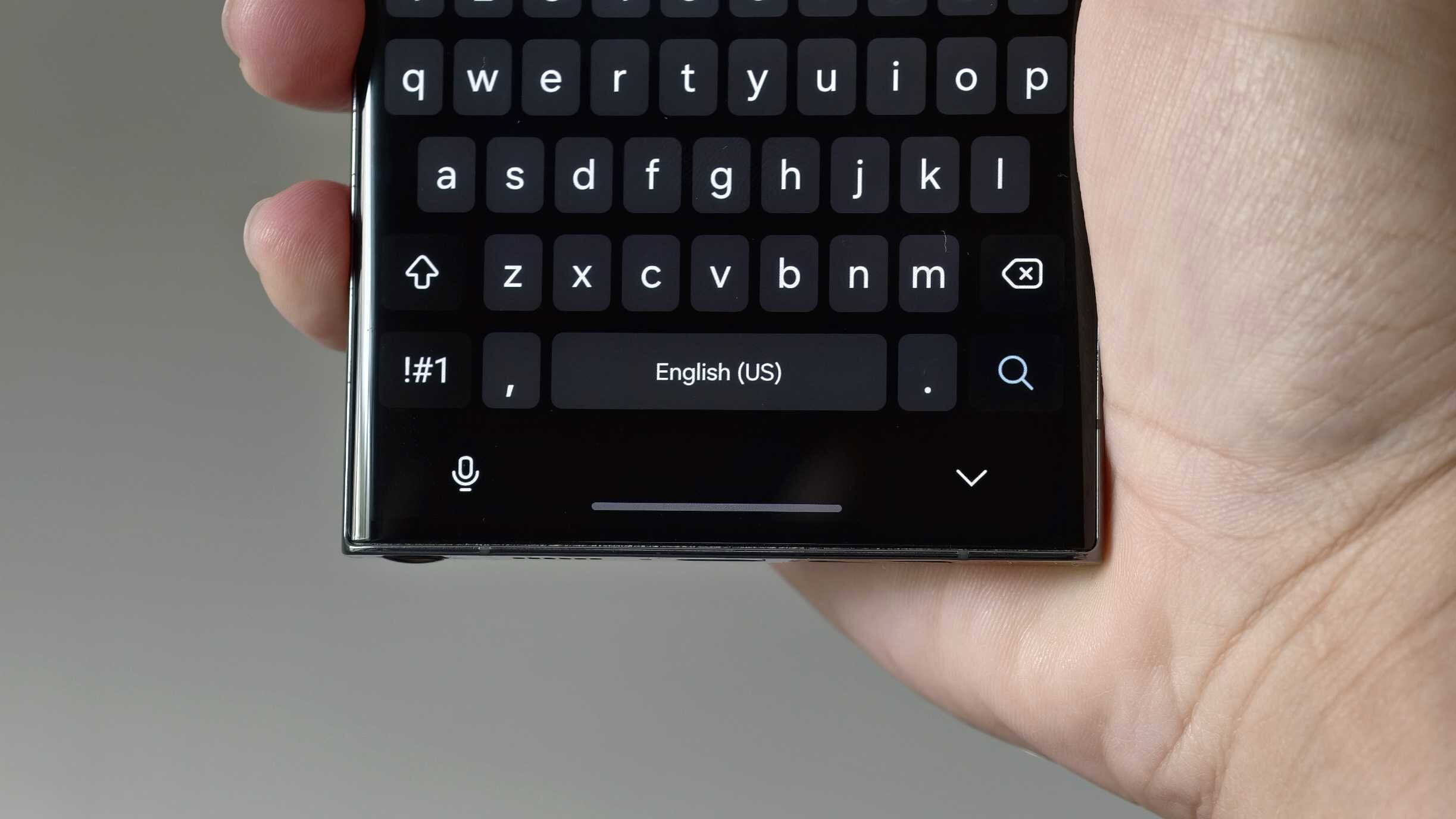
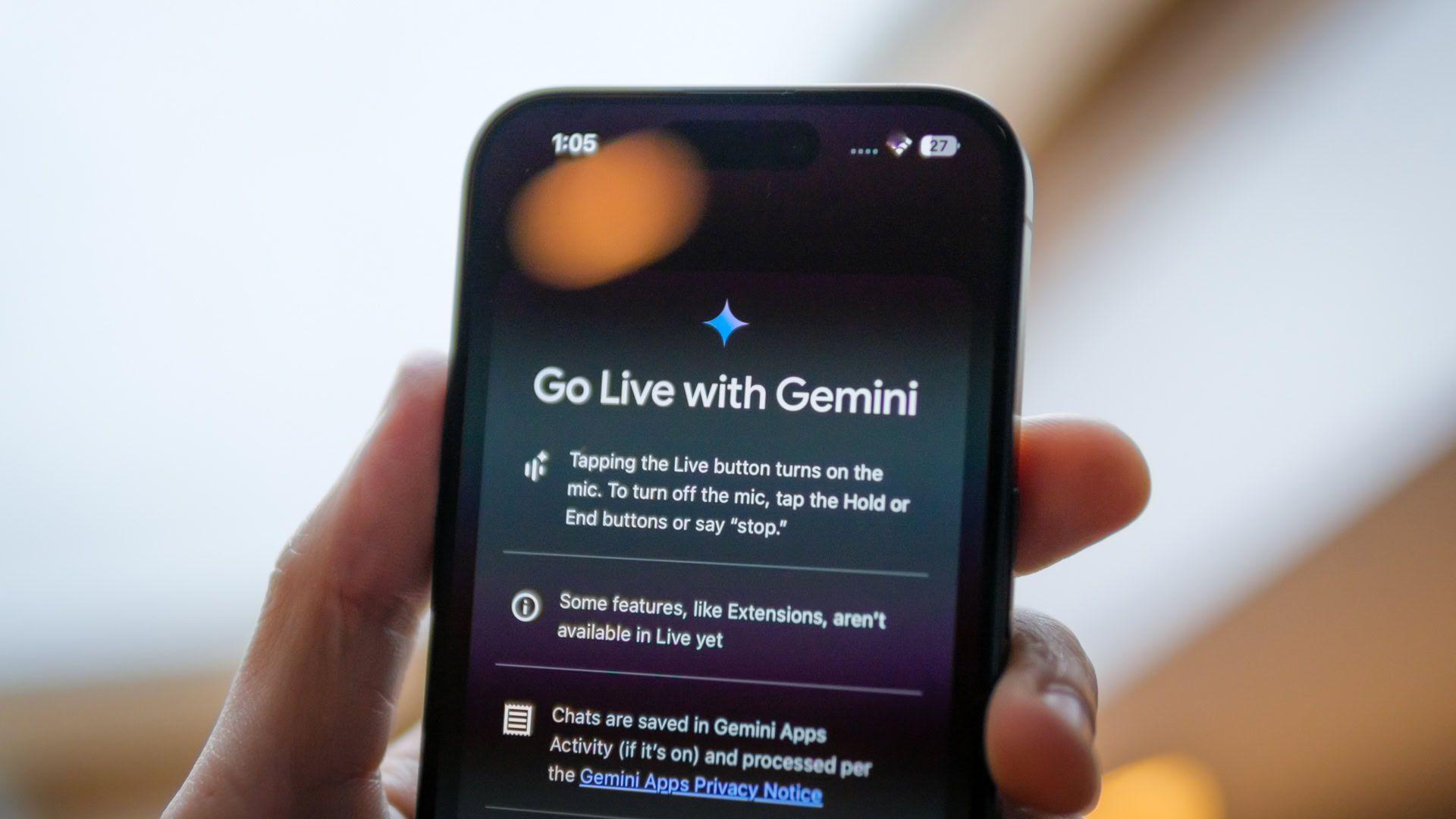
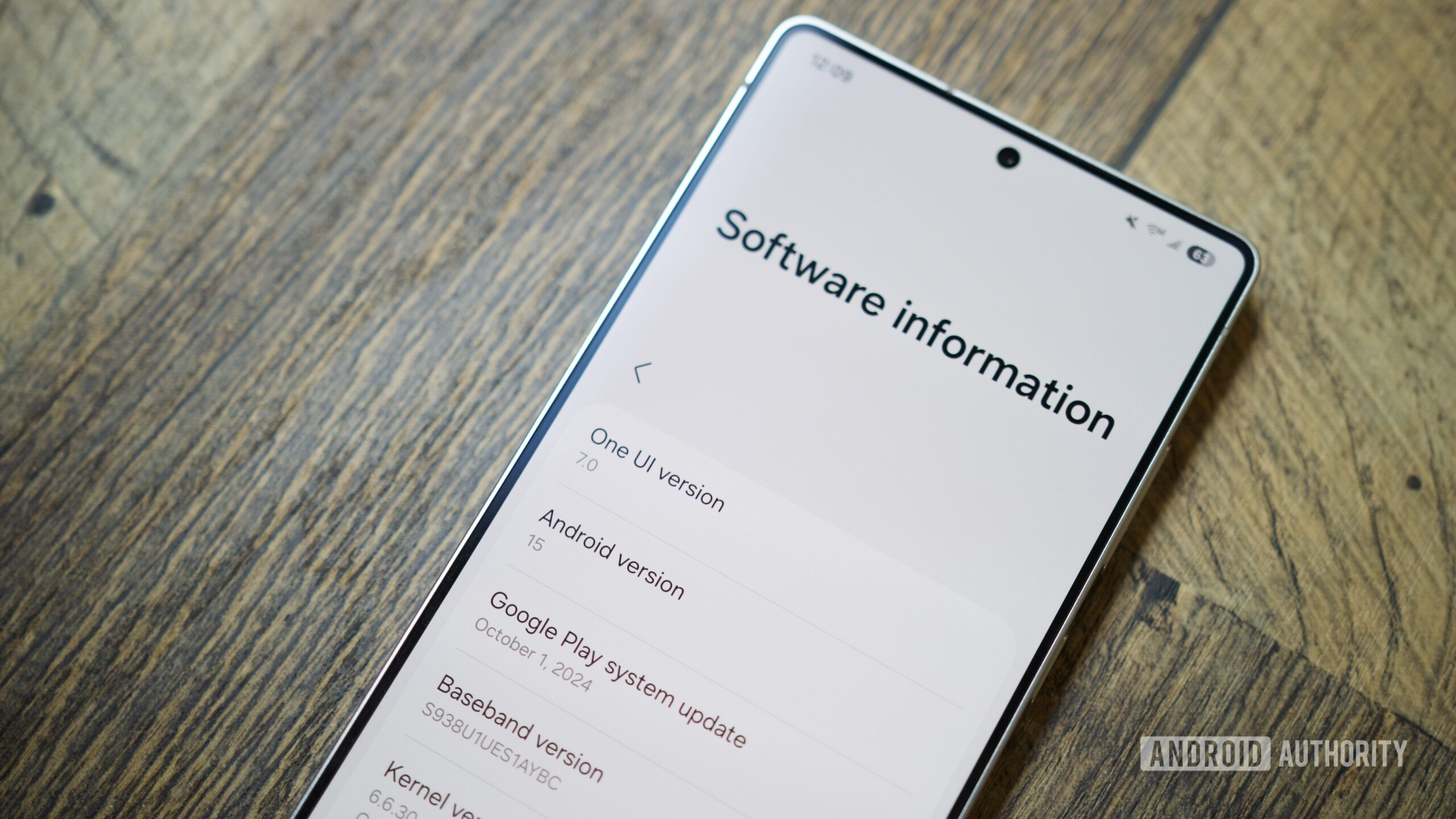


![CarPlay app with web browser for streaming video hits App Store [U]](https://i0.wp.com/9to5mac.com/wp-content/uploads/sites/6/2024/11/carplay-apple.jpeg?resize=1200%2C628&quality=82&strip=all&ssl=1)



![What’s new in Android’s April 2025 Google System Updates [U: 4/21]](https://i0.wp.com/9to5google.com/wp-content/uploads/sites/4/2025/01/google-play-services-3.jpg?resize=1200%2C628&quality=82&strip=all&ssl=1)











![Apple Releases iOS 18.5 Beta 3 and iPadOS 18.5 Beta 3 [Download]](https://www.iclarified.com/images/news/97076/97076/97076-640.jpg)
![Apple Seeds visionOS 2.5 Beta 3 to Developers [Download]](https://www.iclarified.com/images/news/97077/97077/97077-640.jpg)
![Apple Seeds tvOS 18.5 Beta 3 to Developers [Download]](https://www.iclarified.com/images/news/97078/97078/97078-640.jpg)
![Apple Seeds watchOS 11.5 Beta 3 to Developers [Download]](https://www.iclarified.com/images/news/97079/97079/97079-640.jpg)
















